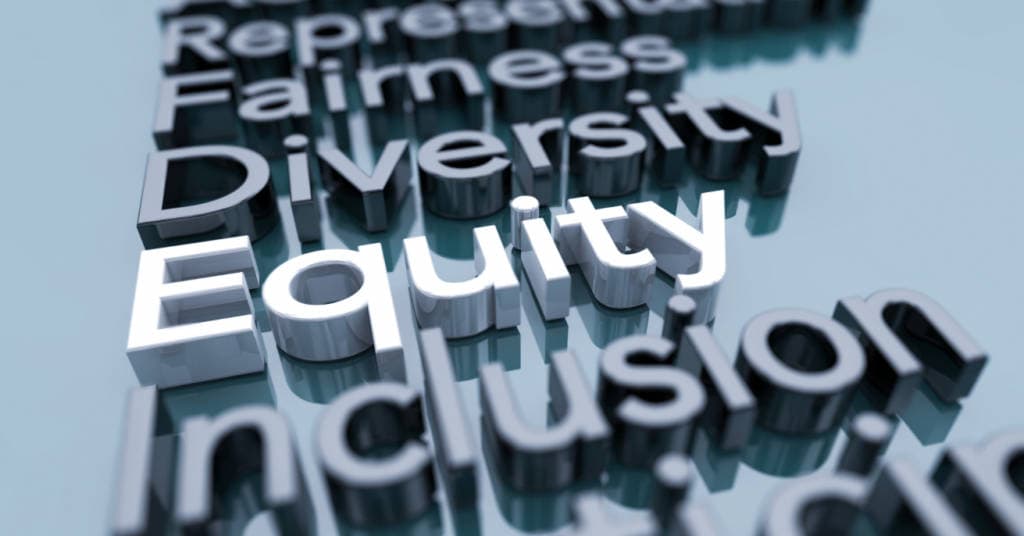Written by Amber Jones and Andrew Florence, co-chairs of Crossnore’s Inclusion, Diversity, Equity, and Anti-Racism Committee
Diversity, equity, and inclusion – three words gaining heavy traction in society, now more than ever. What do they mean to an organization that is focused on child welfare and the health of families? These words speak to honoring the lived experiences of the children and families we serve. They speak to celebrating difference, ensuring fairness, and inviting historically silenced voices into pertinent spaces.
Unique Experiences and Influences
Consider all that a child and their family experiences before entering a program with Crossnore. These experiences and influences range from birth to current, history to community, and media to reality. As an employee, these same experiences and influences impact the colleague you are and the service provider you show up as.
Poverty, dangerous neighborhoods, low socioeconomic status, and limited access to resources are just a few determinants that can impact the safety of children and their families. Psychological, physical, and emotional safety are all at risk. And the systems that are in place endanger our youth in these areas on a daily basis. The systems in place contribute to the pathway to child welfare. The pathway has led them to us, to Crossnore, with hopes to a better future.
The On-Ramp for Crossnore
To be clear, diversity, equity, and inclusion are an on-ramp for our agency. We recognize that we have and will continue to learn along the way, but that ultimately these processes and goals are stepping stones into radically transforming our organization, our communities, and the systems we operate in. We have to begin here so that we might actualize an organization that not only catalyzes healing for children and families, but seeks to dismantle those systems and structures which have propped up poverty, community violence, family disruption, and the consumption of people and resources.

A New Narrative of Healing
For the individual, claiming the narrative of what happened is so critical to healing trauma – in particular the insidious impacts of shame and guilt. Diversity, equity, and inclusion are not to be seen as markers of arrival, but rather indications that we are finally waking up to not only ask “what happened?” to the individuals we work with – but to ask “what are the systemic issues which allowed this to happen?” With this knowledge, we are able to write a new narrative of healing, which centers not only on healing the individual, but also the collective.
Our organizational commitment to shifting the way that we care for our children and families is not only essential to the dismantling of systems that say we shouldn’t, but it is essential to the sustainability of our mission. “…to grow healthy futures for children and families by providing a Christian sanctuary of hope and healing.”



